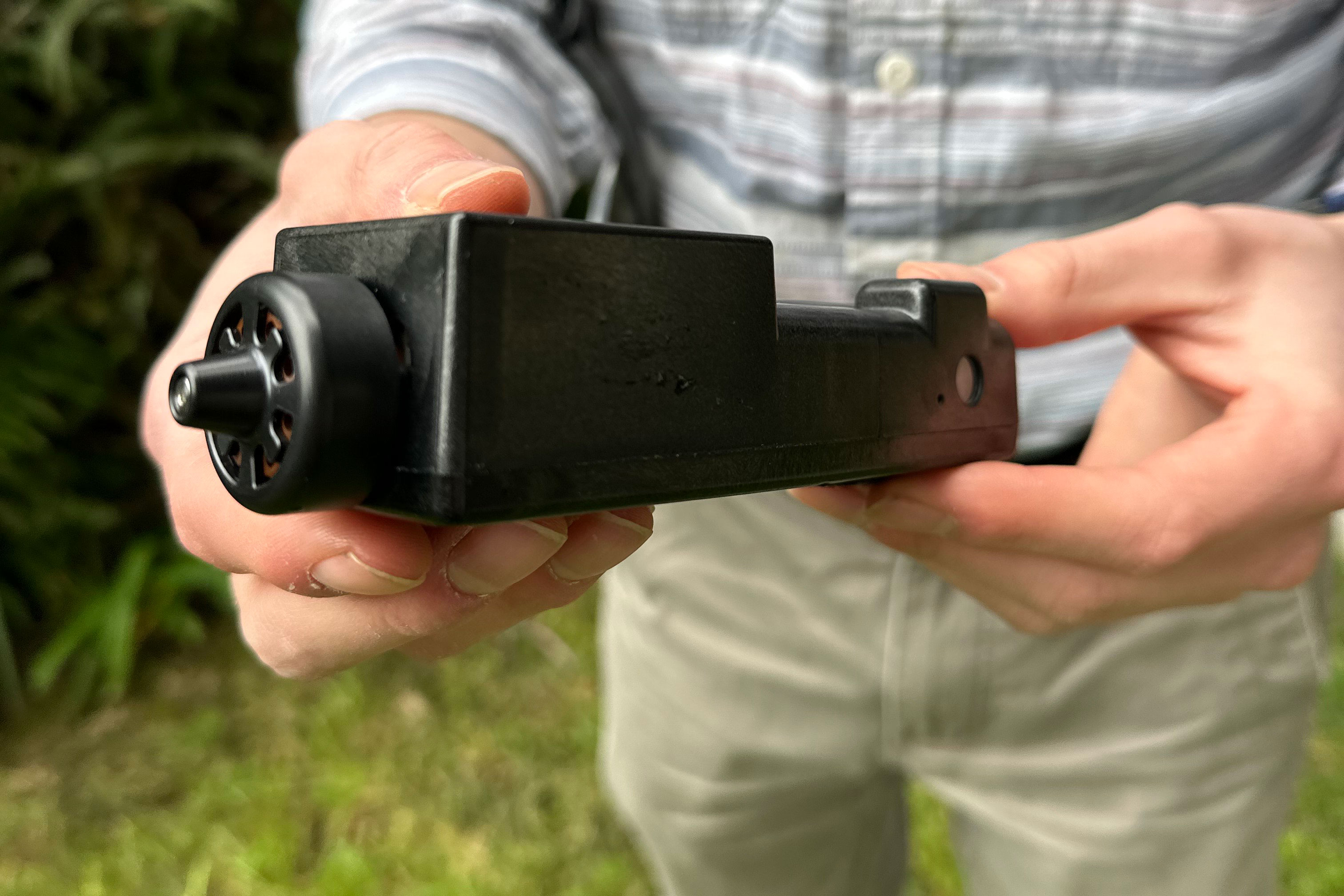Breast Cancer Prevention and Self-Examination Guidelines

Timely detection and self-care are crucial for breast health, as early intervention improves survival rates. To ensure breast self-awareness, it’s vital to understand what’s normal for your breasts. Then promptly consult a doctor if you notice any changes.
These changes may include persistent breast pain, worrisome lumps, nipple discharge.
Other symptoms are breast thickening, swelling, size or shape changes, skin dimpling, irritation, or rashes in the breast area.
High-risk factors for breast cancer, as highlighted by Dr. Madhuri Burande Laha, include age, early menstruation, late childbirth, late menopause, prolonged hormone replacement therapy, and a family history of breast cancer. It’s crucial for women to be aware of these risk factors.
Breast cancer diagnosis primarily involves mammography, but recent advancements offer more precise methods such as molecular breast imaging (MBI) and liquid biopsy. Additionally, self-examination is encouraged. Stand before a mirror, check for visible changes, and inspect nipple position. Lie down, use your fingers to gently feel each breast and armpit, looking for any lumps or irregularities. Seek immediate medical evaluation if anything unusual is detected.
For breast cancer prevention, maintaining a healthy weight through regular exercise and a balanced diet is essential, as obesity can increase the risk due to heightened estrogen levels. Engaging in physical activity for at least five days a week, quitting smoking, limiting alcohol consumption, and following medical guidelines are key steps for breast cancer prevention and improve overall quality of life.
Re-reported from the article originally published in The Hindustan Times





